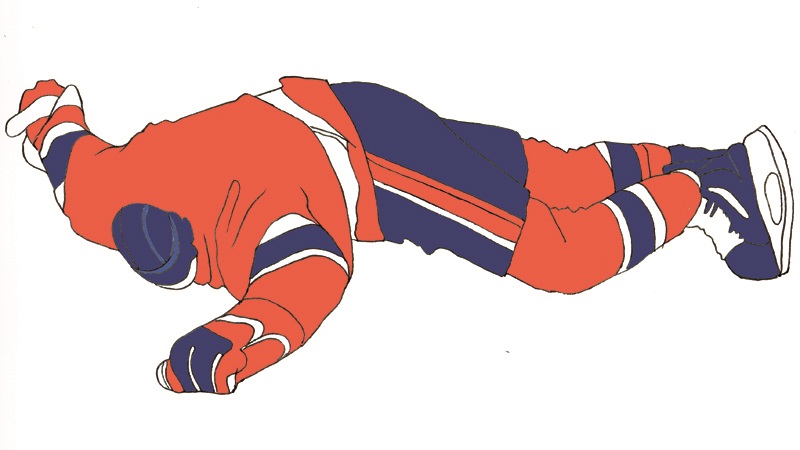Seven years after the infamous incident, hits to the head have decreased
On March 8, 2011, Montreal Canadiens forward Max Pacioretty lay motionless on the Bell Centre ice, as 21,000 fans in the arena and thousands more watching on television looked on in shock.
Boston Bruins captain Zdeno Chara slammed Pacioretty head-first into a metal stanchion separating the two benches, fracturing then-22-year-old Pacioretty’s fourth cervical vertebra and giving him a concussion. Even though Chara received a five-minute major penalty and a game misconduct for interference, the National Hockey League (NHL) did not discipline Chara any further.
Following the league’s announcement not to suspend Chara—who went on to win the Stanley Cup that year, while Pacioretty didn’t play again for the rest of the season—many people began to question the NHL’s commitment to player safety. Just two days after the incident, former Prime Minister Stephen Harper said: “I am very concerned about the growing number of very serious injuries […] I don’t think that’s good for the game, and I think the league’s got to take a serious look at that for its own sake,” according to the CBC.
At the turn of the decade, the NHL was not a safe league for players. Former Bruins forward Marc Savard suffered a concussion when Matt Cooke of the Pittsburgh Penguins hit him with a blind-side shoulder-to-head hit on March 7, 2010. Cooke was not suspended, while Savard missed the rest of the regular season and 23 games to start the 2010-11 season. Savard’s career ended when he suffered another concussion in January 2011.
Also in January 2011, superstar Sidney Crosby was a victim of a shoulder-to-head hit from David Steckel. Four days later, he received a hit-from-behind from Victor Hedman. Crosby missed the remaining 41 games of the season, and only played 22 games the following season.
The reaction to the Pacioretty-Chara incident was a culmination of multiple serious head injuries in the NHL. Fans and league sponsors had seen enough. According to the Toronto Star, Air Canada wrote a letter threatening to remove sponsorship, “unless the NHL takes immediate action with serious suspension to the players in question to curtail these life-threatening injuries.”
Montreal Canadiens owner Geoff Molson was the first executive in the NHL who tried to implement action.
“Our organization believes that the players’ safety in hockey has become a major concern, and that this situation has reached a point of urgency,” Molson wrote in an open letter to fans on March 10, 2011. “Players’ safety in hockey must become the ultimate priority and the situation must be addressed immediately.”
Molson and the NHL implemented change soon after. Before the 2011-12 season, every arena in the league installed rounded glass near the benches, removing all stanchions like the one Pacioretty hit. At the Bell Centre, there used to be a pane of glass separating the benches, connected to glass on top of the boards. The corner of the two panes of glass was where Pacioretty got hit, and both panes were removed at the end of the season.
The NHL’s department of player safety started giving stricter suspensions for hits to the head, with 13 illegal head contact suspensions ranging from three to 25 games in the 2011-12 season. In the 2013-14 season, there were 14 head contact suspensions lasting between two and 10 games, with nine in 2014-15, seven in 2015-16 and five last season.
In October 2016, the NHL also implemented a concussion protocol. An independent spotter watches games and notifies the officials if a player is showing concussion-like symptoms. The player is then removed from the game to undergo an evaluation, and cannot return to play unless he passes the evaluation.
In the seven years since the Chara hit on Pacioretty, player safety in the NHL has changed quite a bit, and for the better. Sometimes, there has to be some bad before the good.
Graphic by Alexa Hawksworth.




